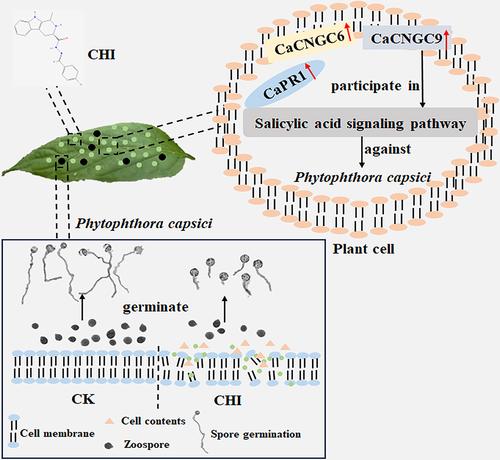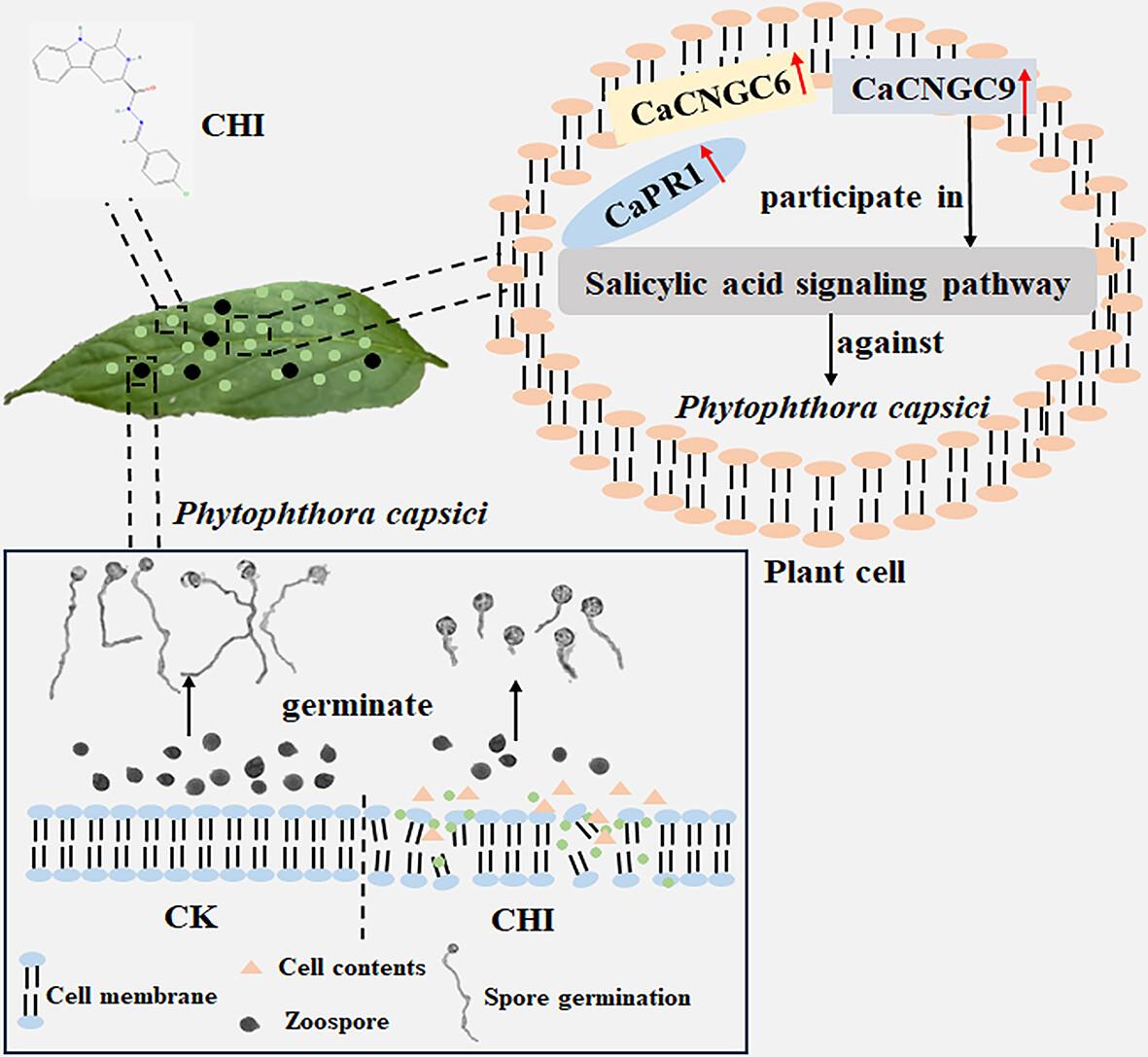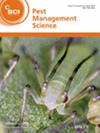Pepper blight, caused by Phytophthora capsici, is a devastating disease that seriously threatens pepper production worldwide. With the emergence of resistance in P. capsici against conventional fungicides, there is an urgent need to explore novel alternatives for pepper blight management. This study aims to assess the inhibitory effect of chloroinconazide (CHI), a compound synthesized from tryptophan, against pepper blight, and to explore its potential mechanisms of action.
The results demonstrated that CHI effectively targeted P. capsici, disrupting its growth and mycelial structure, which resulted in the release of dissolved intracellular substances. Additionally, CHI significantly inhibited the sporangium formation, zoospores release, and zoospores germination, thereby reducing the re-infection of P. capsici. In contrast, the commercial pesticide methylaxyl only inhibited mycelial growth and had limited effect on re-infection, while azoxystrobin inhibited re-infection but had a weak inhibitory effect on mycelial growth. Furthermore, CHI activated the salicylic acid (SA) signaling pathway-mediated immune response to inhibit P. capsici infection in pepper, with this activation being contingent upon cyclic nucleotide-gated ion channel CaCNGC9.
CHI exhibited potent dual inhibitory effects on P. capsici by disrupting mycelial structure and activating the CaCNGC9-mediated SA signaling pathway. These dual mechanisms of action suggested that CHI could serve as a promising alternative chemical fungicide for the effective management of pepper blight, offering a new approach to control this devastating disease. Our findings highlighted the potential of CHI as a sustainable and efficient solution to combat the increasing resistance of P. capsici to conventional fungicides, ensuring better crop protection and yield. © 2024 Society of Chemical Industry.




